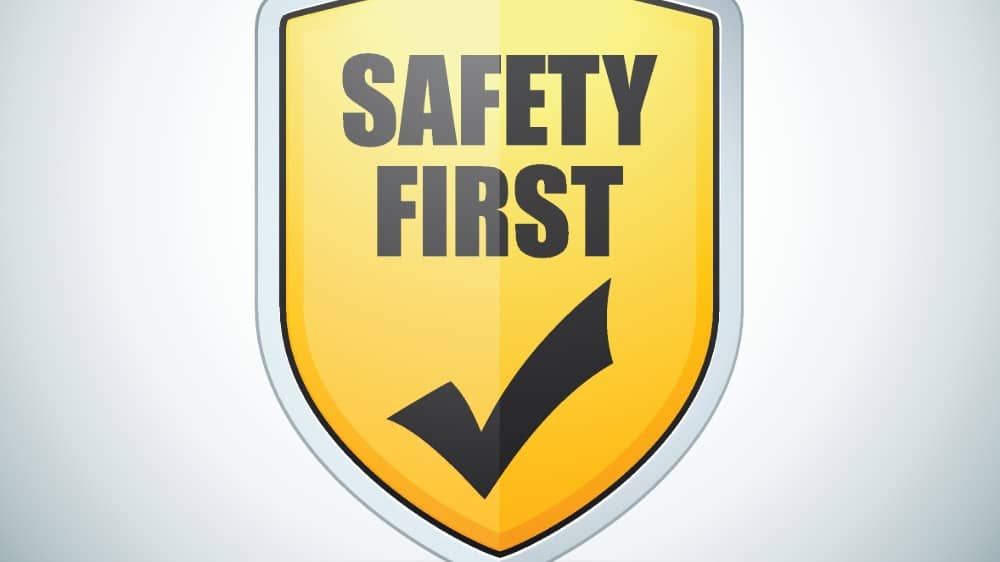The Canada Recovery Benefit (CRB) is now available from the CRA for applicants who still need financial assistance due to the impact of the COVID-19 pandemic.
Who gets the new Canada Recovery Benefit (CRB)?
The CRB is one benefit created by the CRA to replace CERB. Additional benefits include the Canada Recovery Sickness Benefit (CRSB) and the Canada Recovery Caregiver Benefit (CRCB).
The new benefits are designed to fill gaps not covered by the Employment Insurance (EI) program. Canada’s employment landscape changed dramatically in recent years, and the pandemic exposed the shortfalls in the EI system.
The CRB is set up to help self-employed, gig, or contract workers that aren’t covered under the EI program and have lost income due to COVID-19. Under the CRB rules, a person has to be at least 15 years old and earned a minimum of $5,000 in 2019, 2020, or in the past 12 months.
The CRB payments are $500 per week, but the CRA holds back 10% for income tax, so the net weekly payout is $450. The CRB is set up in two-week periods. A new application must be made for each period.
The CRB program currently pays for a maximum of 26 weeks, or 13 periods, from September 27, 2020, to September 25, 2021.
What happens when the Canada Recovery Benefit ends?
Health officials expect COVID-19 vaccines to be widely available by the middle of next year. This will help the economy and job market improve. The government hopes the rebound will reduce the need for income support.
Ideally, the pandemic will disappear in 2021, and we can all get on with our lives. Unfortunately, we never know when the next financial crisis will hit. Over the past three decades, we have endured a number of large-scale financial shocks.
These include COVID-19, the Great Recession, the dot-com crash, the 1987 stock market crash, and the crisis in the early 1980s when mortgage rates topped 20%. There is no way of knowing what the next trigger will be or when it will occur, but we normally get hammered once every 10 years.
TFSA to the rescue
An interesting opportunity exists for Canadians to create their own recovery benefit fund.
Interest rates on savings accounts and GICs are terrible today, but the dividend yields on a number of top dividend stocks are very attractive. In fact, the drop in the share prices of many high-quality companies has pushed up dividend yields to some of the best levels since the Great Recession.
One way to build a safety net involves buying quality dividend stocks and using the distributions to acquire new shares. The process grows the portfolio when we don’t need the cash and eventually creates a large fund that can be tapped for emergency funding or retirement income.
Let’s look at Royal Bank of Canada (TSX:RY)(NYSE:RY) as an example. Canada’s largest bank by market capitalization is a profit machine, even during the pandemic. The company generates one of the best returns on equity (ROE) among the large global banks and has the capital to ride out the downturn.
The dividend should be very safe and now provides a yield of 4.5%.
Long-term investors have done well with the stock. A $10,000 investment in Royal Bank 25 years ago would be worth $300,000 today with the dividends reinvested.
The bottom line on building a TFSA safety net
Royal Bank is just one of a group of TSX Index leaders that currently trade at attractive prices and should be solid buy-and-hold picks for a TFSA dividend portfolio.










